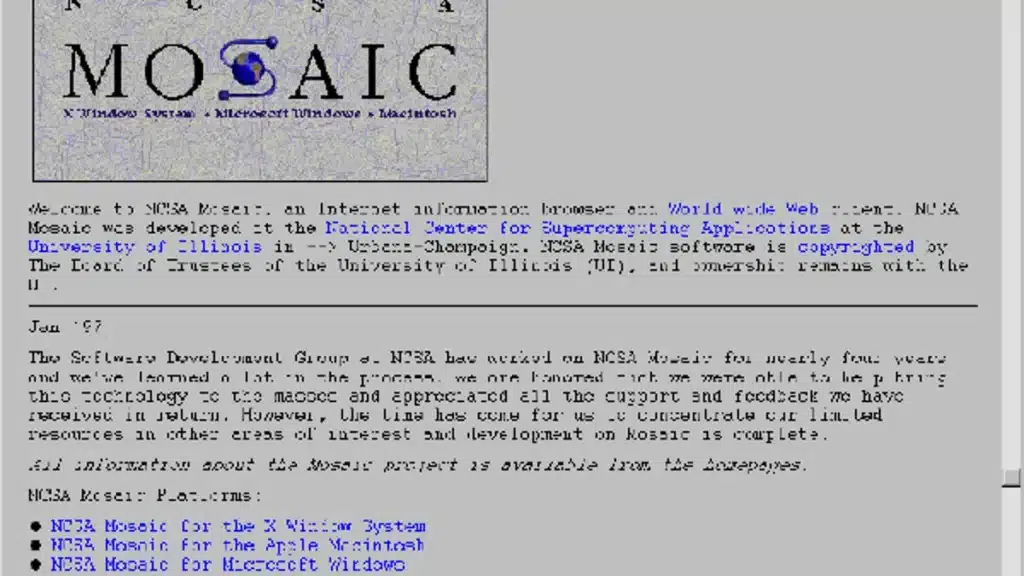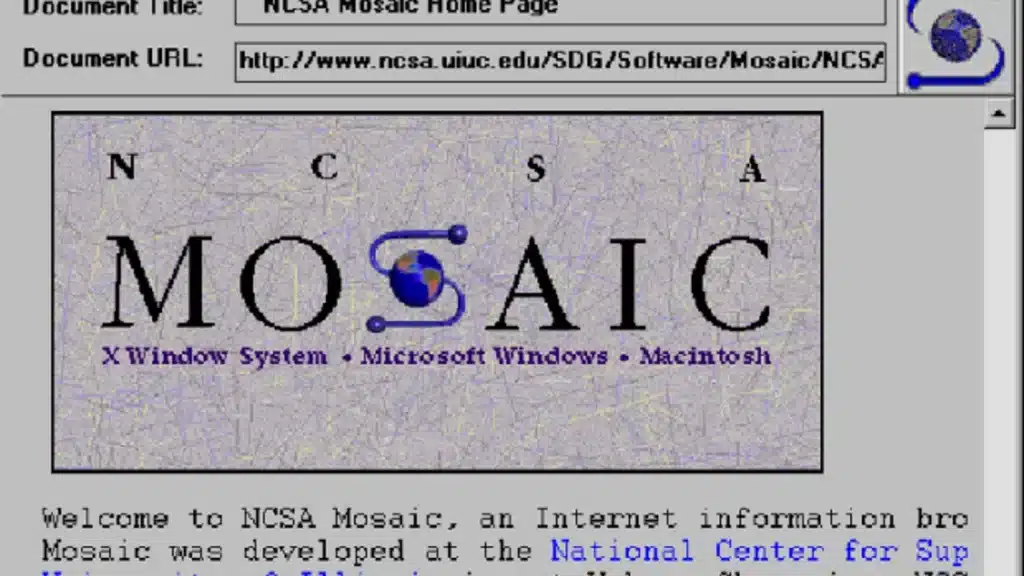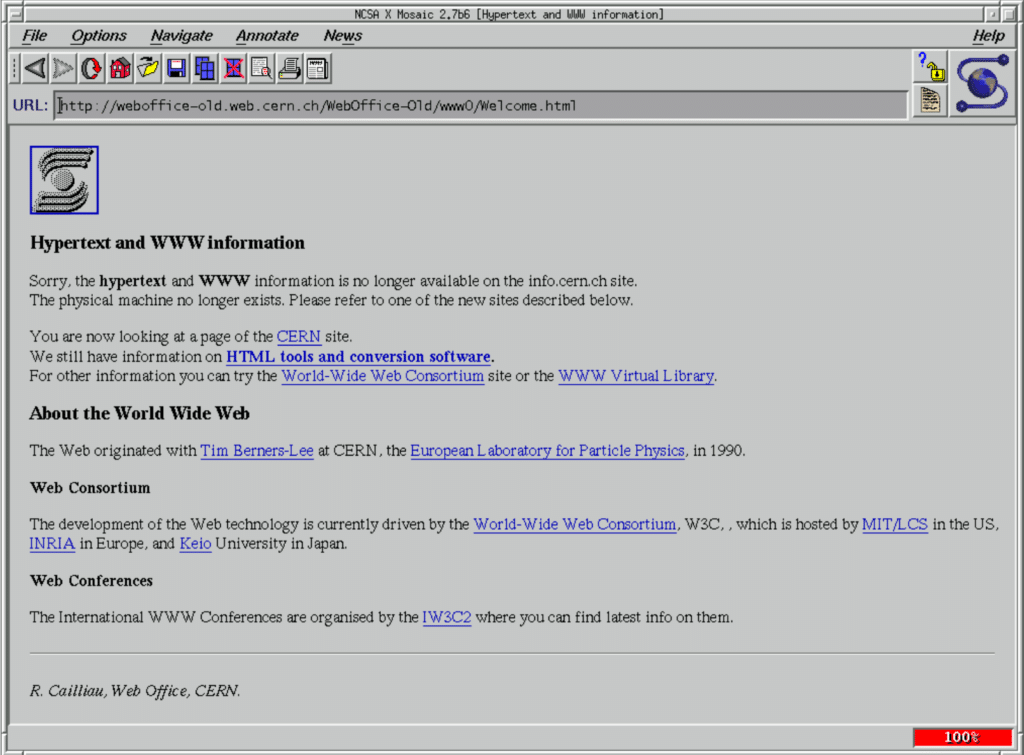In the early days of the internet, browsing the World Wide Web was a text-based affair, with information presented in a plain, unadorned format. However, a significant milestone in the history of the web occurred in 1993 with the release of Mosaic, the first graphical web browser. Mosaic revolutionized the online experience by introducing a visually rich interface that transformed the way we interacted with the web. let’s know the story of Mosaic, exploring its groundbreaking features, impact on web development, and lasting legacy.
Contents
The Birth of Mosaic
Prior to Mosaic, browsing the web involved typing text-based commands into terminals or using rudimentary browsers that lacked graphical capabilities. This limited the accessibility and appeal of the internet to a niche audience. Created at the National Center for Supercomputing Applications (NCSA) by a team led by Marc Andreessen and Eric Bina, Mosaic changed the game by introducing a graphical user interface (GUI) and the ability to display images alongside text. This marked a significant shift towards a more immersive and engaging web experience.
Mosaic’s most striking feature was its graphical interface, which presented web pages in a visually appealing manner. Instead of scrolling through endless lines of text, users could now navigate through pages filled with colorful images and formatted text. Mosaic’s ability to display images directly within web pages was a game-changer. It allowed for the integration of visual elements, such as photographs, illustrations, and logos, making the web more visually captivating and enhancing the presentation of information.
Mosaic introduced the concept of hyperlinks as clickable elements that allowed users to navigate between web pages effortlessly. This foundational feature facilitated seamless exploration of the web and paved the way for the interconnected nature of the modern internet.
Mosaic’s Impact & Legacy
Mosaic played a pivotal role in popularizing the World Wide Web, making it more accessible to the masses. Its user-friendly interface and ability to display images attracted a broader audience, sparking widespread interest in web browsing and internet usage. Mosaic’s success fueled a surge in web development activity. With the newfound possibilities of a visual web, designers and developers began creating websites with enhanced aesthetics and interactive features, leading to a rapid expansion of the online landscape.
Mosaic set a precedent for future web browsers, serving as a blueprint for subsequent iterations. Its influence can be seen in browsers like Netscape Navigator, Internet Explorer, and, ultimately, in modern browsers such as Chrome, Firefox, and Safari. Mosaic’s graphical interface and innovative features paved the way for further advancements in web technologies. It laid the foundation for the evolution of web design, user experience, and multimedia integration that continue to shape the modern web.
Mosaic’s introduction of a visual web experience influenced how we consume and interact with online content. It contributed to the rise of multimedia-rich websites, online communities, and e-commerce, shaping the internet culture as we know it today. Mosaic’s impact on the development of the internet has not gone unnoticed. It is widely recognized as a groundbreaking milestone and holds a major place in the history of technology, with the Smithsonian Institution acquiring the original Mosaic source code in 1997.
Conclusion
Mosaic stands as a pivotal moment in the evolution of the World Wide Web, marking the transition from a text-based medium to a visually immersive online experience. Its graphical interface, image display capabilities, and introduction of hyperlinks revolutionized how we interact with the web, widening its accessibility and igniting the rapid expansion of web development.
Mosaic’s legacy lives on in the modern web, as its groundbreaking features continue to shape the visual aesthetics, user experience, and interconnected nature of the internet. As we navigate the ever-evolving digital landscape, it’s important to recognize and appreciate the lasting impact of Mosaic in unleashing the visual web that we enjoy today.



